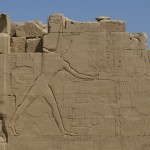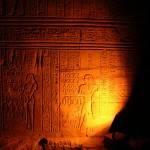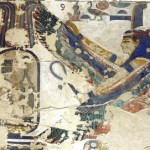
Egyptologically Speaking: Interview with Dr Garry Shaw about his book “The Egyptian Myths”
In March 2014, Dr Garry Shaw’s new book was published in hardback. The Egyptian Myths: A Guide to Ancient Gods and Legends is Dr Shaw’s third sole-authored book, and his second aimed at the general public. An introductory guide to ancient Egypt’s myths, it does not duplicate existing books, offering instead a different way of approaching the central beliefs that made up Egypt’s formal religion. In this interview Dr Shaw discusses both his book and future projects. The questions were contributed by a number of readers, both from Egyptological and from Egyptological’s Facebook page, for which many thanks. [more…]
Edition - April, 2012
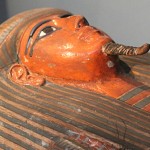
Book Review: Egyptian Myth – A Very Short Introduction
Williams reviews Egyptian Myth – A Very Short Introduction by Geraldin Pinch. Pinch has a formidable task. In 125 pages, Pinch outlines the framework within which Egyptian myths are contextualised before outlining the mythology itself. Such a brief book could have been facile but instead Williams is impressed by Pinch’s achievement. He explains why. [more…]

A few thoughts about duality and the desert
Brian Alm’s excellent introductory article on ancient Egyptian religion in Edition 1 of Egyptological, the first in a series of five articles on the topic, includes a section on duality. I have often pondered the extent to which the Egyptians segregated religious belief, which potentially formed an explanatory but idealized model of life, from everyday pragmatism. Duality is a good case in point. [more…]
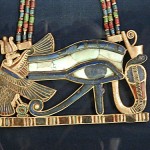
Eye of Ra, Eye of Horus
Introduction. The Eye of Ra, Eye of Horus and wedjat eye are all different names given to representations of eyes with similar distinctive markings which appear throughout Ancient Egypt on tomb and temple surfaces, on objects and in the form of jewellery and amulets. The underlying beliefs and ideas associated with these representations are often confusing, particularly given that the different forms of the eye are not always well characterized and distinguished from each other. [more…]
 By
By 